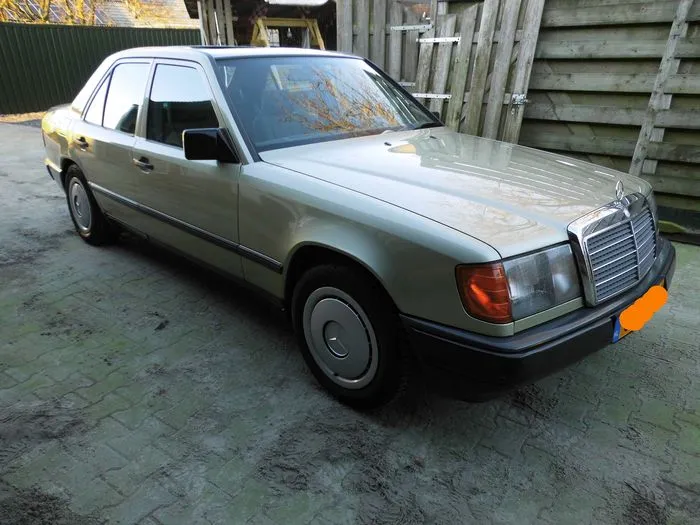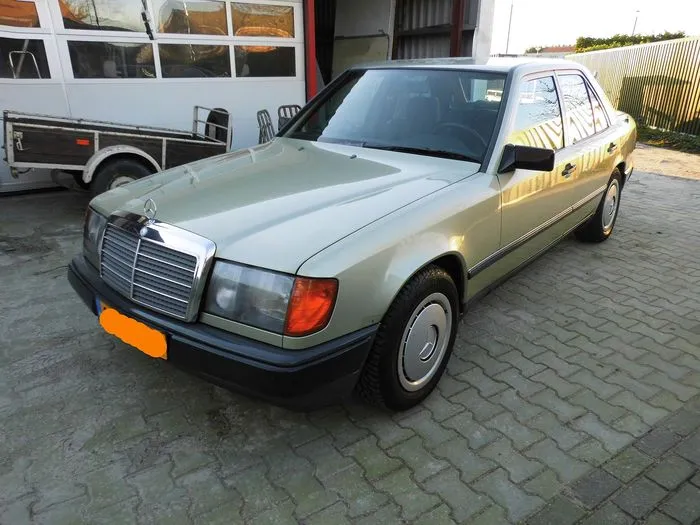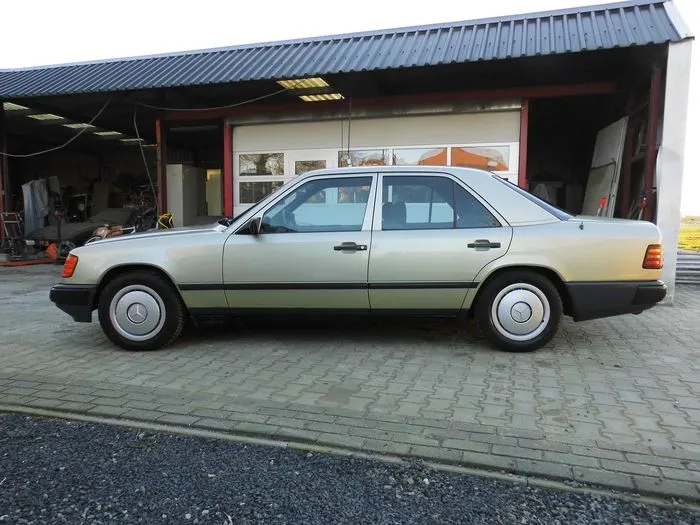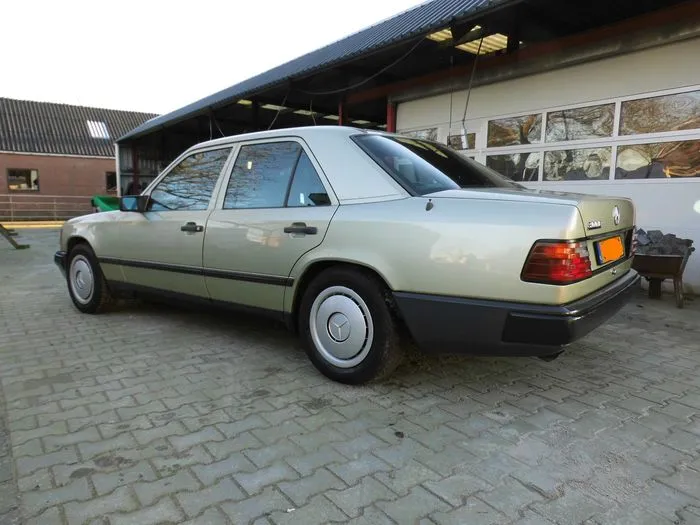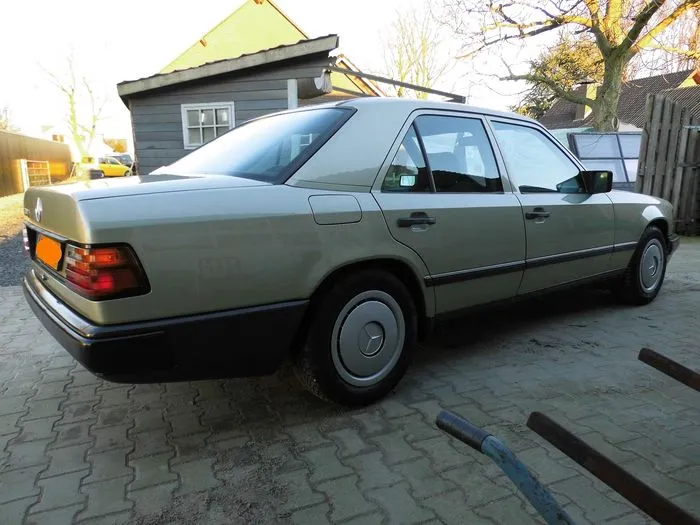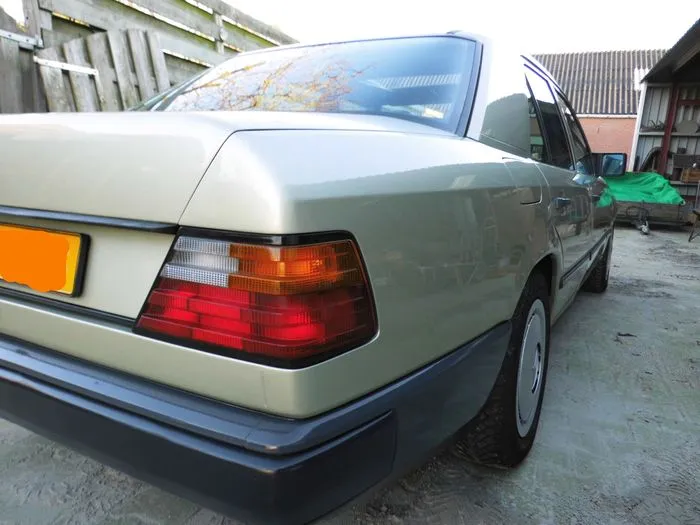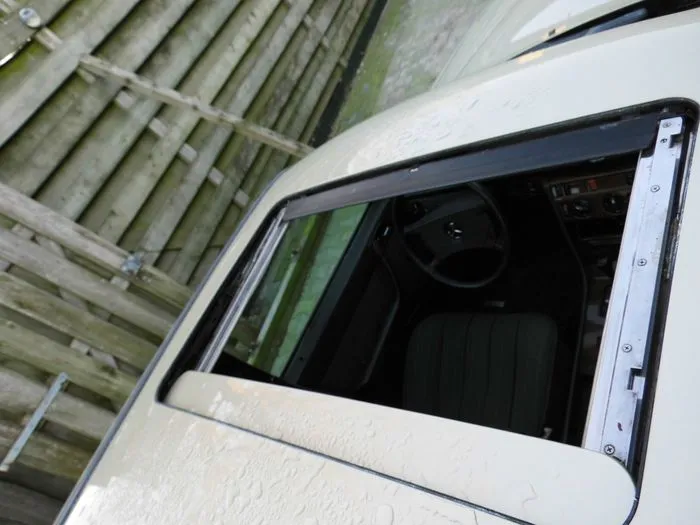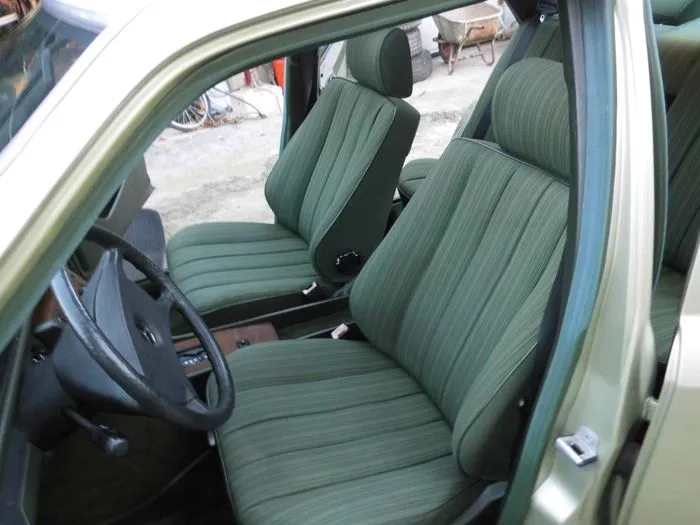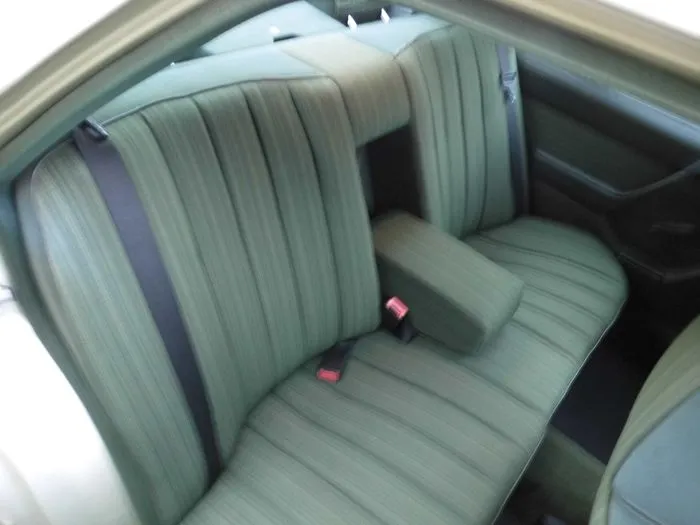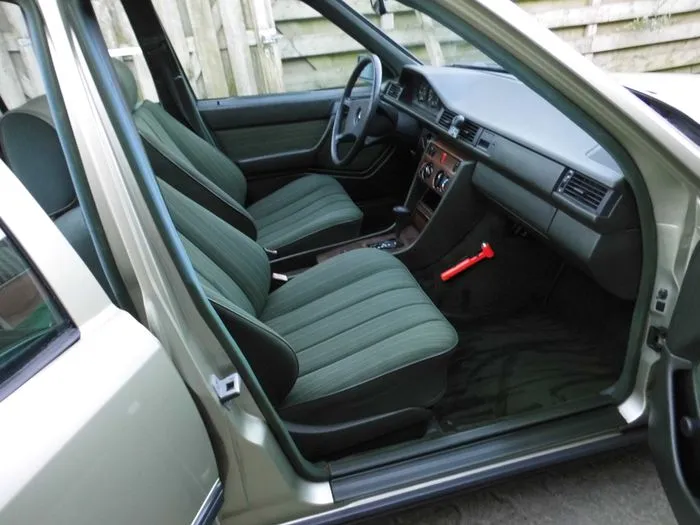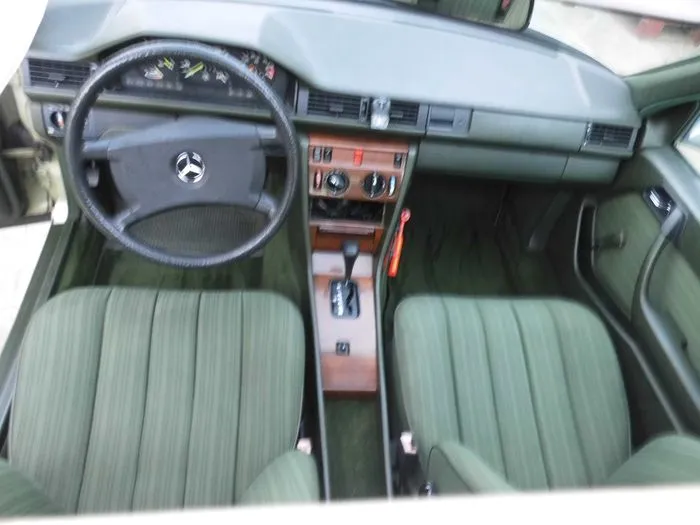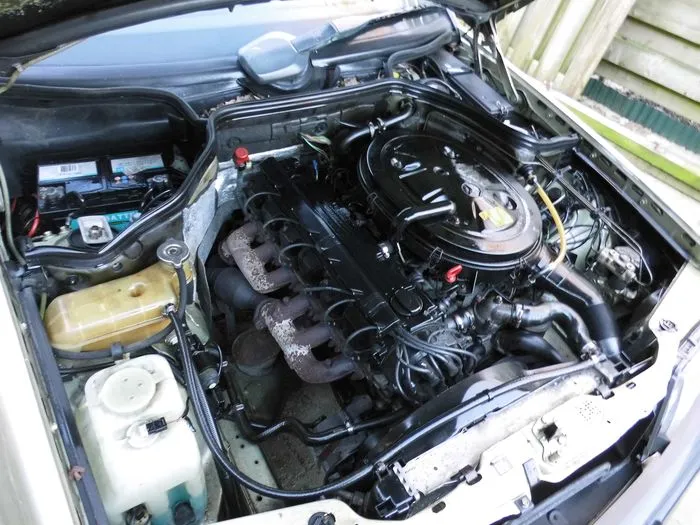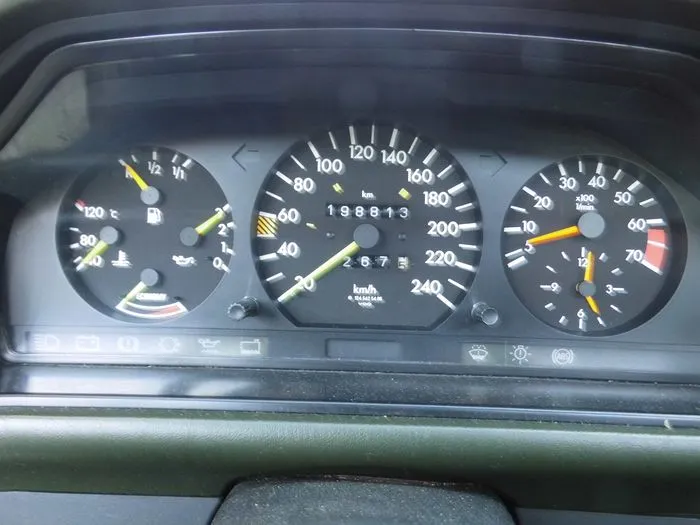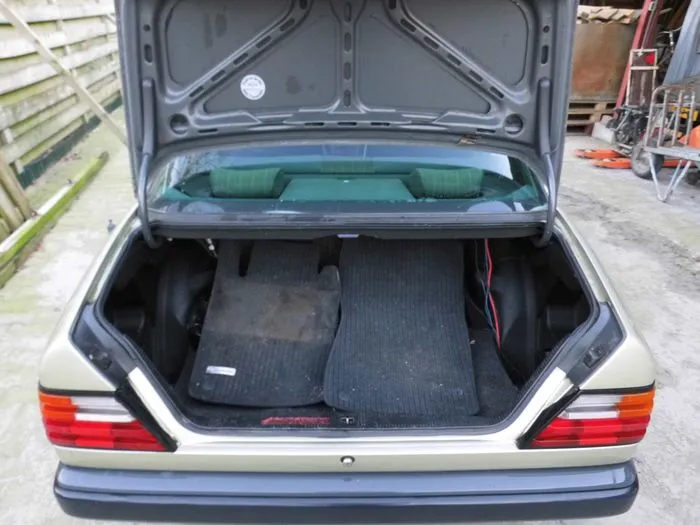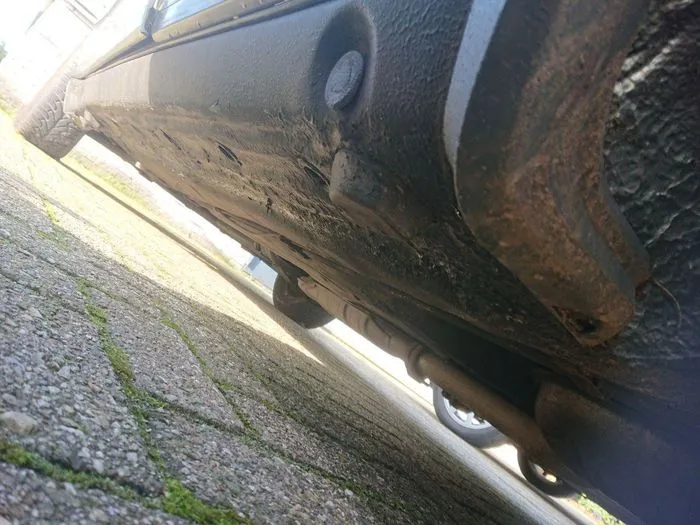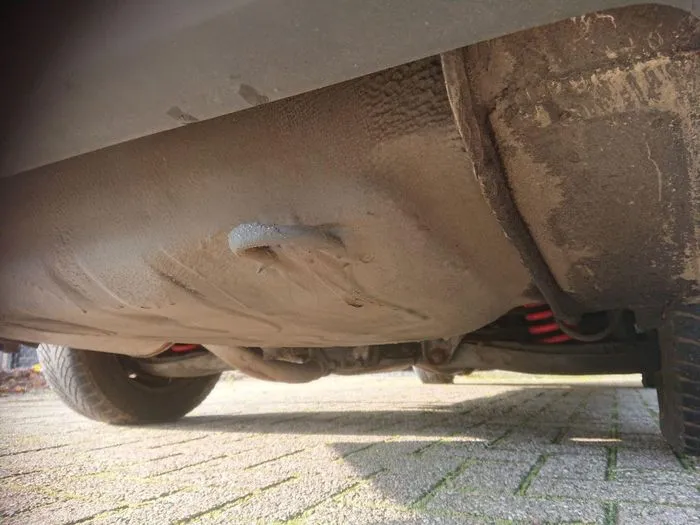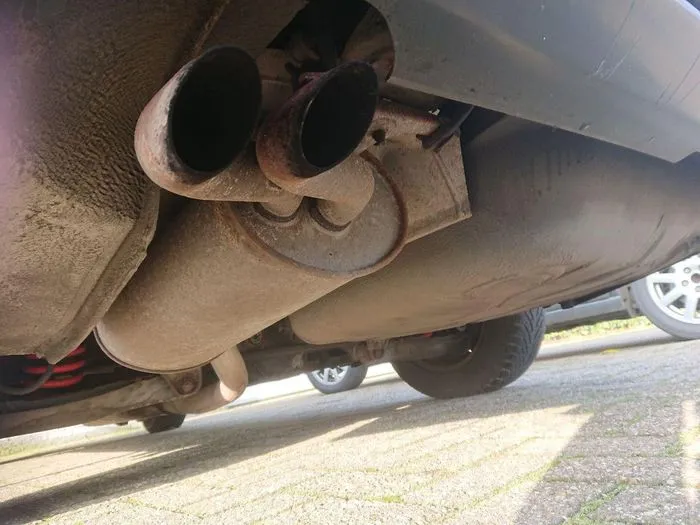They were called Syncro, 4WD or 4x4 In the 1980s, their manufacturers surfed on the all-wheel drive wave that Audi triggered with the Quattro in 1980. With one exception: of all things, the technology group Daimler-Benz insisted on rear-wheel drive, even simply rejected all-wheel drive in the car. But abstinence from all-wheel drive did not necessarily improve winter suitability, the Daimler board recognized this in good time. A permanent all-wheel drive system like the competition, possibly with a manual limited slip differential, was out of the question. That did not match the technological leadership claim of the brand. Shareholder value was still just a word from the textbook for business students. Engineers decided, not controllers or sales managers. Only the best counted, the perfect. The engineers' goal: optimal traction, full ABS function and the best driving stability in all weather conditions. In the sales prospectus, Daimler spoke unusually unmodely of a "new era in drive technology".
The design effort took on absurd forms, the engineers placed the front axle differential next to the oil pan, the right drive shaft runs through the middle like a tunnel! Second obstacle: the coil springs at the front. No problem for the creative Swabians, they came up with the coil spring with "stitch". The third turn of the front springs has been extended to allow the drive shafts to pass through. In the interior, only the wider center console and the orange indicator lamp in the speedometer indicate the four-wheel drive. There are no additional switches - the 4Matic operates fully automatically. All-wheel drive is always switched on when starting off. If all four wheels have full grip, the 4Matic runs from a speed of 20 km / h with rear-wheel drive. All-wheel drive and differential locks are also switched off when braking so that the ABS remains functional. The system is controlled by sensors that measure the speed. If different wheel speeds occur on the front and rear axles, the hydraulic unit receives a control pulse.
Without the driver's influence, the 4Matic operates in three control stages: the front-wheel drive engages, the differential locks remain free. The power is distributed in the front / rear in a ratio of 35:65. If there is still slippage on one or more wheels, the 4Matic locks the central planetary gear differential between the front and rear axles. This results in a frictional connection of 50:50. If there are still speed differences on the wheels, the 4Matic also locks the rear axle differential. The third stage is no longer engaged above 35 km / h. All processes take place in milliseconds, only the illuminated control lamp in the speedometer signals the active 4Matic. In everyday driving, the driver does not notice any of the magic, a 300 E 4Matic drives like its counterpart with rear-wheel drive. However, that changes as soon as the ground becomes slippery: starting with a lot of gas, the rear acknowledges with a short twitch, the 4Matic switches on the front wheels at lightning speed, the all-wheel-drive Benz stoically follows its path.
So much traction hat its price, in 1990 a 300 E 4Matic cost 71,307 marks - 12,882 marks more than the normal rear-wheel drive 300 E.
There was already a state-bearing 500 SEL with 252 hp V8 at this tariff. The hefty 4Matic surcharge was only paid by 34,177 customers, a small number compared to around 2.4 million 124-series sedans and station wagons built. Measured in terms of exclusivity, technical effort and the exorbitant new prices, 4Matic models are cheap today. In Switzerland in particular, you can find well-equipped vehicles with no repair backlog at prices between 5,000 and 7,000 euros. Even after more than 20 years and several 100,000 km, the four-wheel drive still works perfectly. Historically, the 124 4Matic models have a special meaning: they mark a high point of the technoid era. Such a complex car all-wheel drive technology would have no chance of mass production today. The successor W 210 came in 1997 with simplified all-wheel drive, the differential locks were replaced by electronically controlled traction crutches. It's enough for the one-way street.
At the 1985 IAA, Mercedes presented the "Driving Dynamics Concept", which included the fully automatic 4Matic four-wheel drive system in addition to the ASD (automatic locking differential) and ASR (traction control system) traction systems. On January 17, 1986, Mercedes introduced the all-wheel drive system to the specialist press at the Arctic Circle in Sweden, and delivery began in April 1987. The 4Matic was only available for the six-cylinder saloons and estate models of the W 124 - at a surcharge of around 12,800 marks. The 4Matic models followed the model facelift cycle of the series, in particular the first major model facelift in September 1989 was particularly noteworthy. Due to low demand, 260 E 4Matic and 300 D 4 Matic were discontinued in June 1991. The last major model facelift in June 1993 provided the series the new designation E-Class (300 E 4Matic became E 300 4Matic) and the badge grille. However, the four-valve engines that had already been introduced in October 1992 were denied to the all-wheel drive models. The 4Matic models remained in production until the series ended in 1995.
124s can still be seen in the streets every day. He is usually not yet perceived as a young timer, although the oldest specimens are now 28 years old. A well-maintained 124 is very durable and suitable for everyday use, and this also applies to the rare 4Matic models. Due to the additional weight of around 130 kilograms and friction losses in the drive train, the 4Matic versions offer somewhat poorer performance. Consumption is around one to two liters higher, the turning circle around one meter larger than that of the rear-wheel drive vehicles. The mechanical components of the 4Matic are very robust, if faults occur, it is often due to defective sensors.
The parts situation is generous, almost everything is available both used and new. It only becomes difficult with parts for rare interior fittings such as leather medium red. A number of components are specific to 4Matic, including profane wear parts such as the brake discs and pads at the front. Nevertheless, they are cheap: two front brake discs cost 174 euros, the pads 130 euros. 230 euros are due for a new 4Matic coil spring. The parts for the drive train are considerably more expensive: A new drive shaft at the front right costs 1272 euros. If you ruin the front axle housing while driving off-road, you can quickly reach the limit of total economic damage with 5000 euros or more.
Out of just under 2.6 million W 124s built, only 34,177 units had the 4Matic drive. This makes 4Matic models about as rare as 124 convertibles, but considerably cheaper. The prices for desolate kilometer eaters start at around 1000 euros. For 4,000 to 5,000 euros, there are 4Matic models in a neat condition, regardless of engine and body variant. Even top specimens with a rich equipment, complete history and low mileage cost less than 10,000 euros.
If someone is interested in this type Make sure that the all-wheel drive system is working properly. Repairs to the complex 4Matic are expensive.
